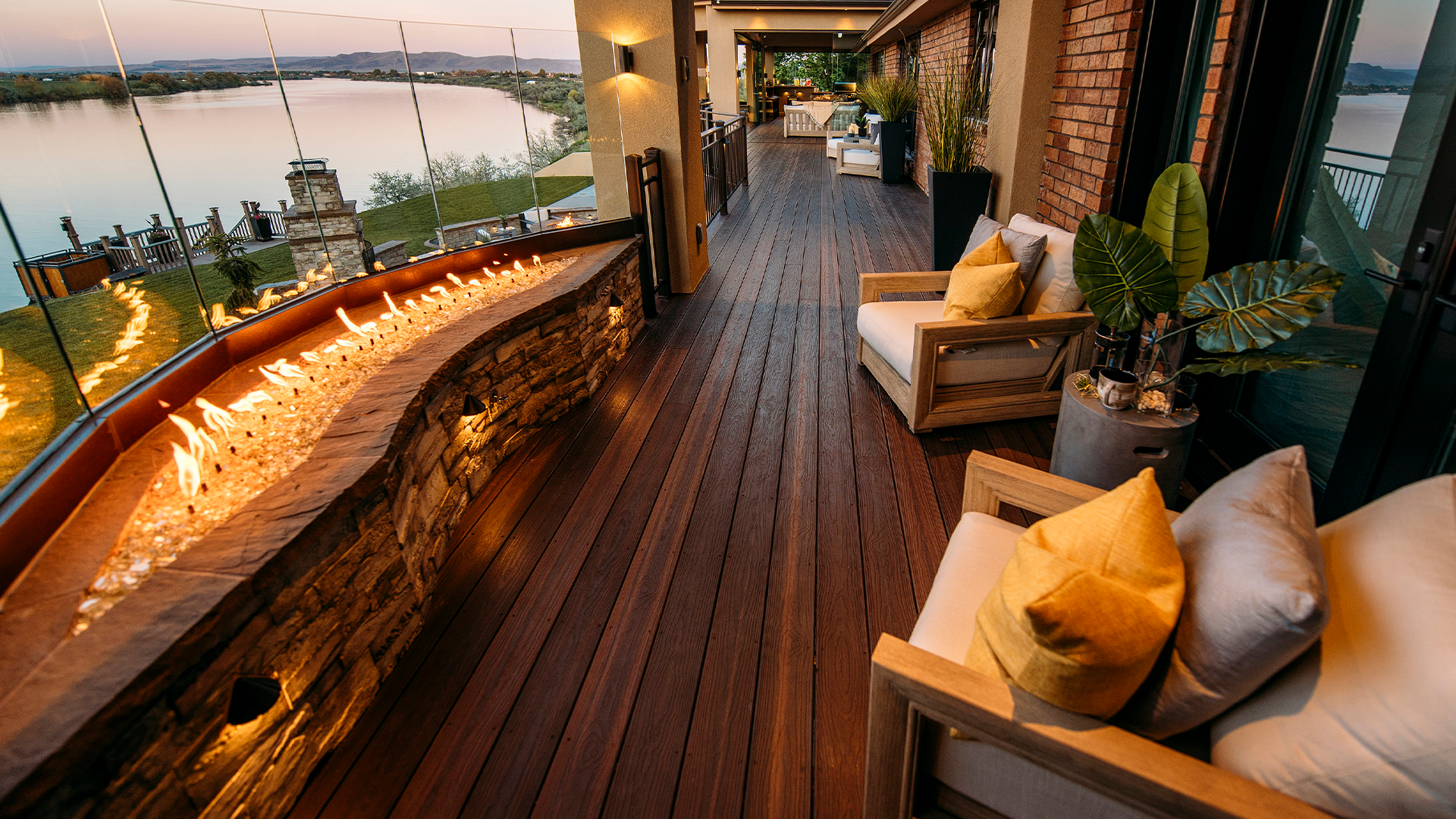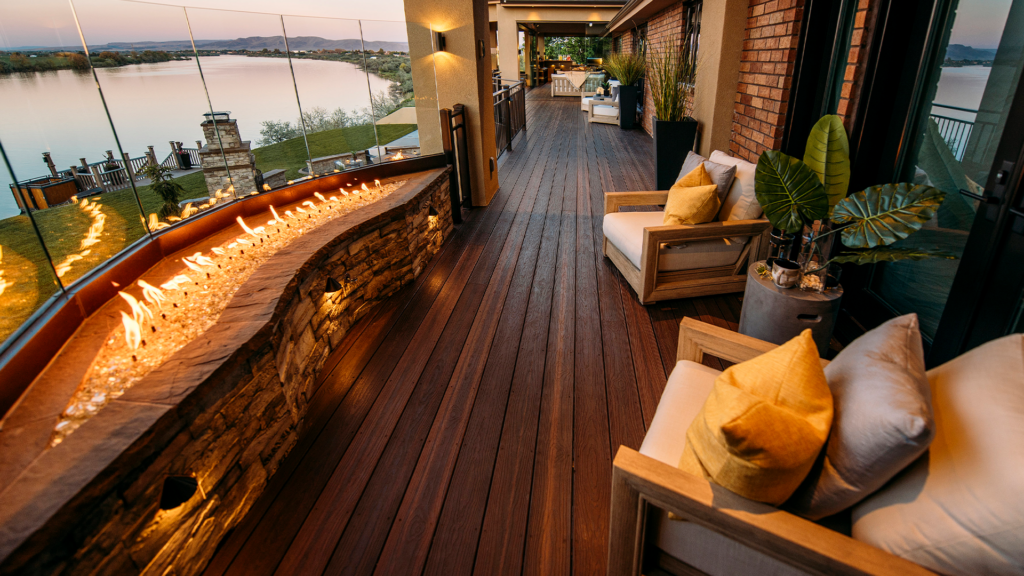Is Black Aluminum Deck Railing Right for Your Project?
Think about the last time you had to pick out a picture frame. The design, style, and material of the frame needs to coordinate with the photo it’s holding. The process for choosing the best deck railing for an outdoor living project is very similar. Every railing technology, color, and infill offers a unique look that can set the deck you’re building apart from the rest, just like the perfect frame can further elevate a great photograph.
Over the past few years, more homeowners and pros have been choosing black aluminum deck railing for their projects. Is this also the best option for your project? And what benefits can you expect from aluminum deck railing?
Why Is Black Aluminum Deck Railing Growing in Popularity?
The design process for creating the perfect outdoor living space often ebbs and flows with trending products. Why are more pros and homeowners choosing black aluminum railing? Here are some of the top reasons:
- A Modern Design Aesthetic: Black aluminum deck railing frames the space with clean lines – a look that never goes out of style. Plus, black-hued products naturally complement both modern and traditional homes.
- Design Flexibility and Contrast: No matter what color family you choose for the project’s composite decking, black is the perfect highlight. Black aluminum railing brings an eye-catching contrast for a wide variety of scenery around the space, like grass, trees, or water.
- Durability: Not only is aluminum deck railing known for its durability and toughness (more on that below), but the black color also makes it harder to see any dirt or dings that are often easier to see with lighter colored railings.

Aluminum Deck Railing Has Proven Strength and Durability
Fairway aluminum deck railing is built to have one of the highest strength-to-weight ratios out of all the railing technologies available. It’s resistant to rust, corrosion, and decay while offering a high level of durability. With black aluminum deck railing, you won’t need to worry about time-consuming maintenance. This technology doesn’t need to be treated or stained like traditional wood to stay in nice condition.
In addition, aluminum deck railing is lightweight. Whether you’re a pro or DIYer, it’s less labor-intensive to install aluminum railing kits. The material can also be adjusted to fit more complex outdoor living space designs without losing its core strength.
The benefits don’t end there. Aluminum deck railing holds up against extreme weather conditions, whether you’re in an area that’s prone to rain, snow, ice, or even extended sun exposure. In fact, black aluminum deck railing can last for decades without getting weaker as time goes on.
When You Should Choose Black Aluminum Railing
One of the most notable features of black aluminum railing is how it can seamlessly blend in with the rest of the space. If there’s amazing outdoor scenery or a beautiful composite decking inlay, black railing will draw attention to them without becoming the main focal point.
You should choose our black aluminum deck railing when you want a product that has:
- A sleek design that’s engineered for customization.
- Easy installation with straightforward railing kits.
- Increased durability and a low maintenance AAMA 2604 compliant powder coating finish.
- A variety of infill options that can help you create a truly unique outdoor living space.
- A two-piece top rail system that’s perfect for adding in-rail LED lighting.
Get a Quote for Your Outdoor Living Project
Our Fairway Railing Collection is the perfect combination of beautiful design, proven performance, and lasting craftsmanship. If you’re interested in creating a truly unique outdoor living space, we are here to help. Request a quote today to see how our black aluminum deck railing can fit within your project budget.











































